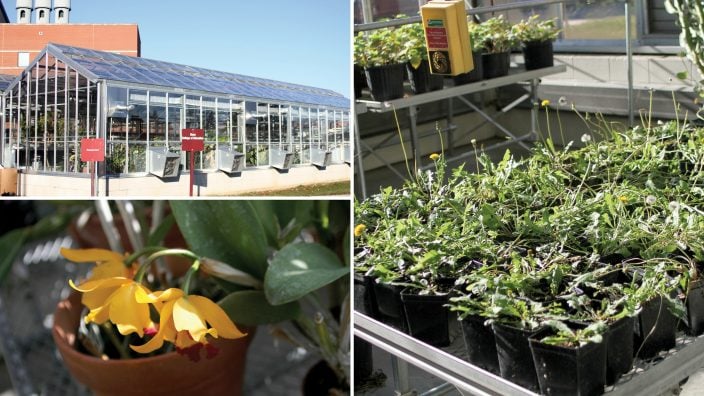Applications for Ohio Farm Bureau Health Plans now available
Members have three ways to apply: contacting a certified agent, calling 833-468-4280 or visiting ohiofarmbureauhealthplans.org.
Read MoreYou don’t have to look too far on Central State University’s campus to see big changes since the southwestern Ohio school became the second land-grant university in the state.
The proof glints in the sunshine pouring through the newly renovated college greenhouse, in the freshly turned dirt under the still-to-be-built Botanical and Community Garden, in the pile of building materials for an aquaponics facility and in the new research equipment that allows researchers to do in 20 minutes what used to take several days.
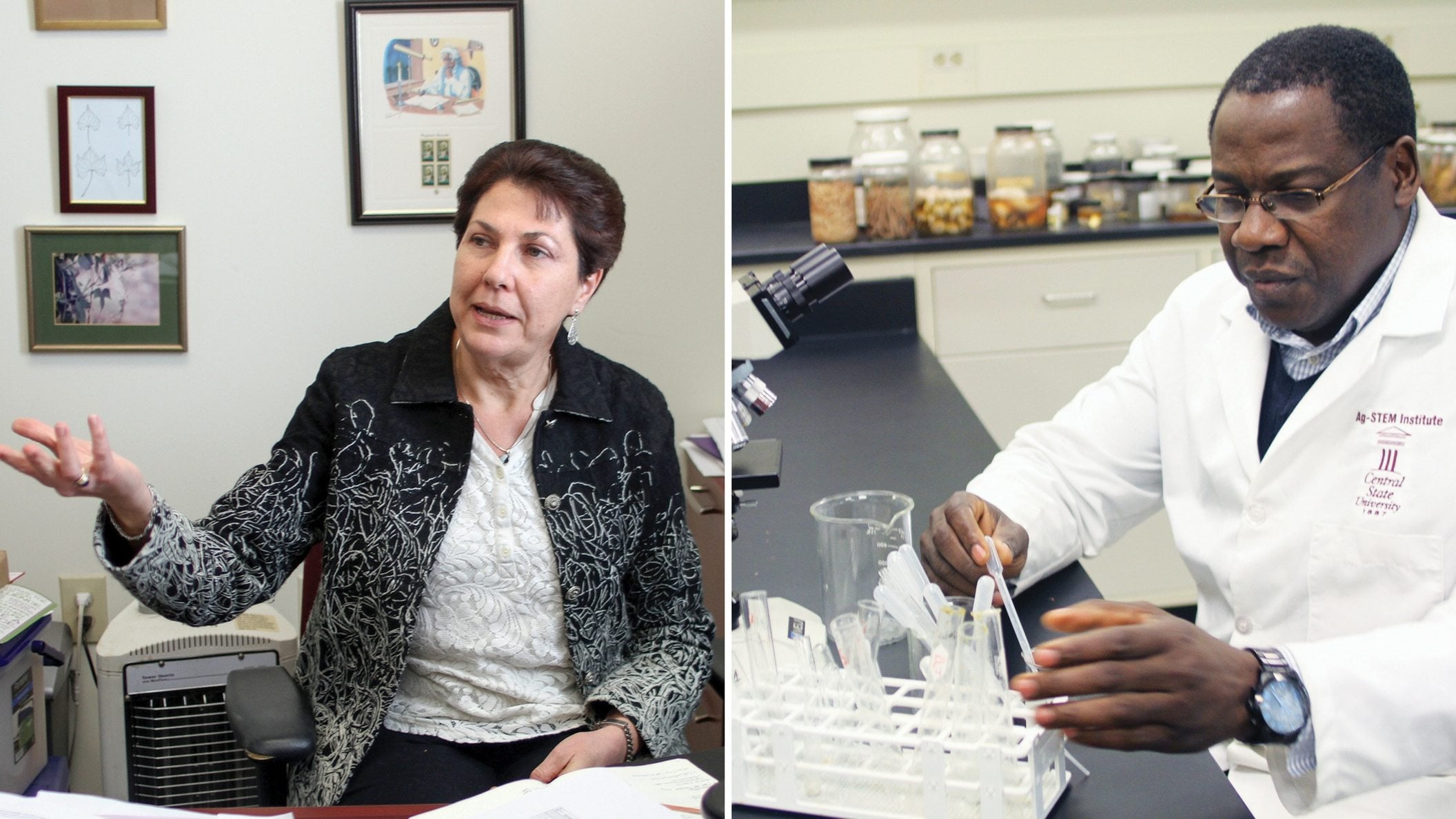
For more than 100 years, Ohio State University was the only land-grant university in Ohio — a federal designation established with the goal of making higher education more affordable and accessible to all Ohioans. Land-grant status comes with funding for agricultural research, education and cooperative Extension services to the community. Central State, a historically black university located in Wilberforce, was considered for the designation in 1890, along with other colleges, but was passed over.
In 2012, seeking a way to focus more on agricultural studies and attract more students, Central State’s leaders tried again. Two years later Congress approved the designation as part of that year’s farm bill.
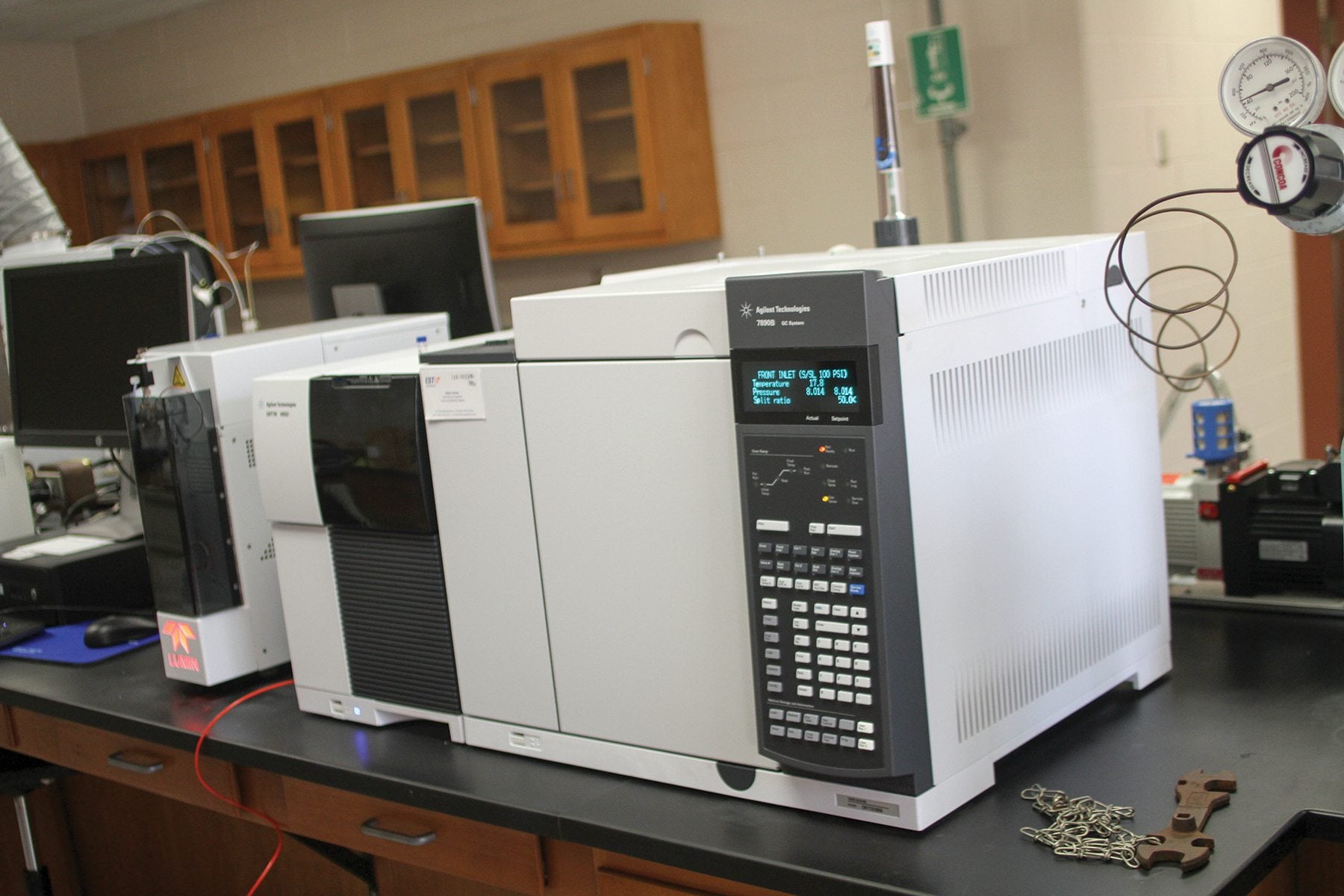
Overseeing the entire land-grant program is Dr. Alton B. Johnson, dean of the College of Science and Engineering. Johnson came to Central State in October 2016 after heading up land-grant programs at universities in Mississippi and Texas (see profile below).
“Our quest is to enhance the economic opportunities, foster academic excellence and improve the health and well-being of the citizens of Ohio,” Johnson said. The program will do that by focusing on water resources management, an existing program that will be expanded, advancing agricultural technology through research and nutrition, food and exercise.
The changes at Central State were small at first, as administrators, professors and students studied what was possible as a land-grant institution. But within two years, new majors — sustainable agriculture, agriculture education and exercise science — were added. Additionally, collaborations with Ohio State University began, land was purchased for offices, and a community garden and a plan for Extension services was formed.
Funding from federal and state sources also rolled in, about $5.4 million a year for Extension and research and cumulative federal funds of $5.2 million for facilities.

And in the fall of 2015, the school’s College of Science and Engineering added the Department of Agricultural Sciences to its lineup.
“Land-grant status is a new opportunity,” said university consultant Chris Widener, who helped the school obtain the status in 2014 when he was a state senator for Greene, Madison and Clark counties.
“We’re going to be providing a new crop of farmers and scientists to Ohio,” said Dr. Cadance Lowell, chairman of the department. “We’re hoping to infuse a new way of thinking into agriculture.”
Growing an interest in agriculture and ag-related fields is vital, according to the U.S. Department of Agriculture, which is projecting a nationwide shortage of qualified individuals to fill careers related to agriculture over the next few years. Ohio is projected to have 18,000 new job openings annually in agriculture through 2020.
Ten students already have signed on for the sustainable agriculture major and 20 are opting for the department’s other major, exercise science, whose teaching staff also will contribute to the school’s Extension work. Lowell hopes other majors, such as one in agricultural technology, will be added and that the land-grant program will give undergraduates such as Brooke Foster greater research opportunities.
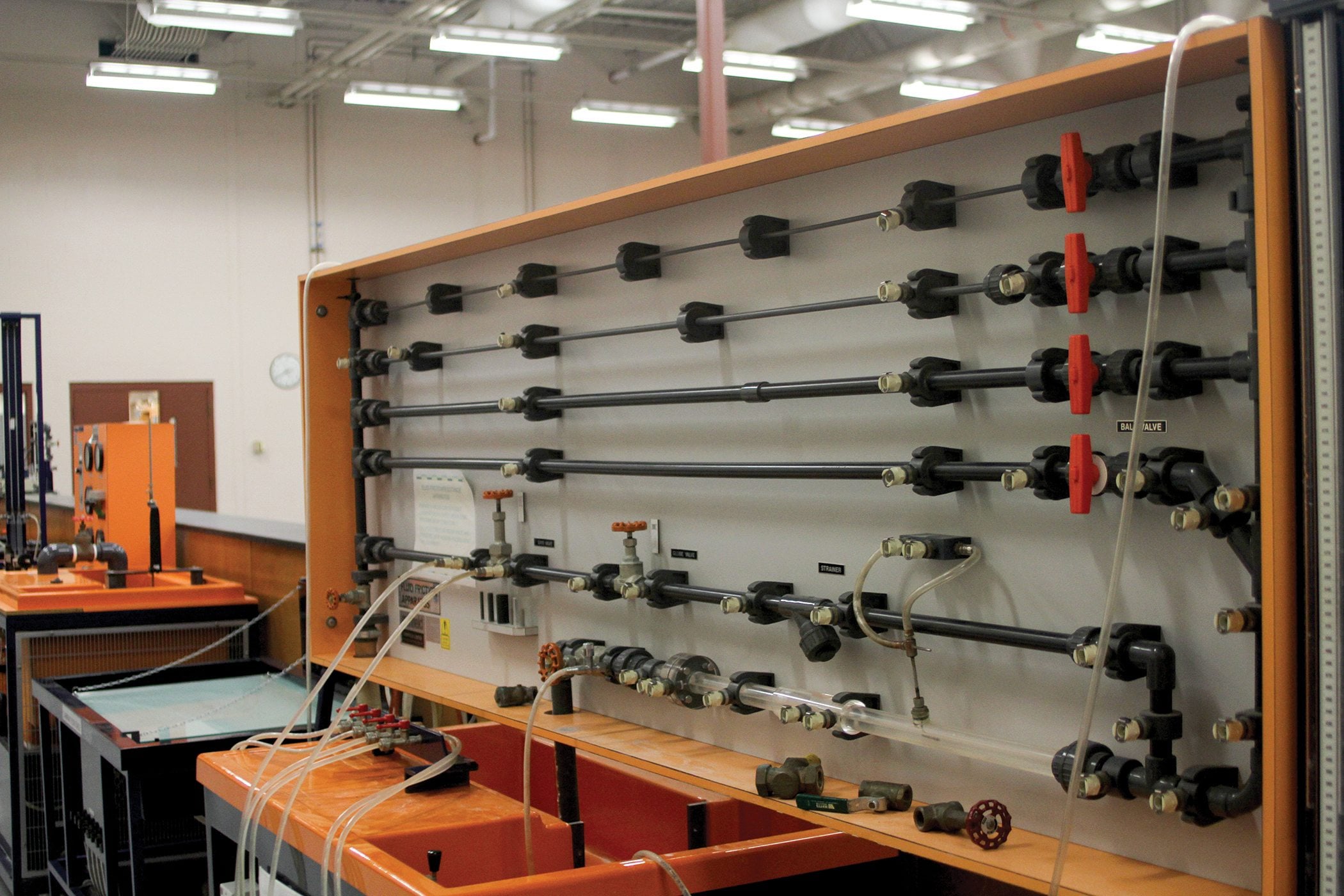
Foster, 18, of Dayton, decided to be one of the school’s first sustainable agriculture majors last year when she was still in high school. Agriculture-related scholarships are paying for much of her education and as a first-year student she’s already taken several classes in her major.
“The agriculture classes are very interactive and very broad, which helps you see what you want to get into,” Foster said. Three new research faculty and four technicians are expanding the university’s research in agricultural areas. One is Dr. Marcus Nagle, research assistant professor for horticulture. In addition to his research in areas such as bee health and natural products, he’ll be teaching horticulture and working on the school’s soon-to-be developed Demonstration and Agricultural Experiment Station on 40 acres of college land.
Johnson said the college’s Extension services will help farmers in four key areas: agriculture and natural resources; 4-H and youth development; family and consumer sciences and community; and economic development.
The services will complement Ohio State’s extensive Extension program, he said, with the two schools working collaboratively. Already, Central State Extension agents are in seven counties: Butler, Cuyahoga, Franklin, Greene, Hamilton, Lucas and Montgomery.
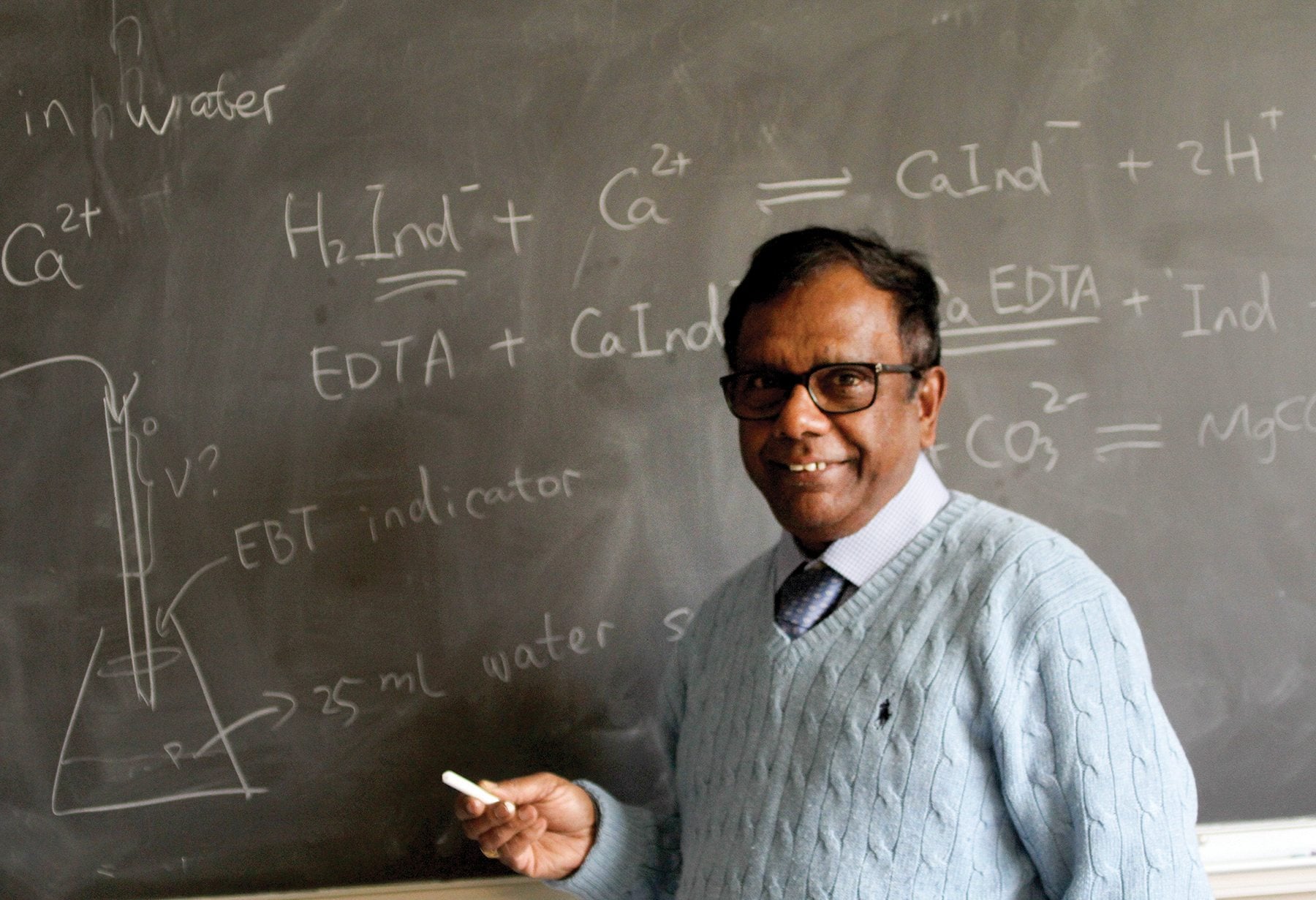
Central State also will train students as Extension educators through its new agricultural education degree program, which began in the fall of 2017. The degree will allow students to focus on becoming Extension educators or high school agriscience teachers.
“Central State is one of only three college options in Ohio for a degree in agricultural education,” said Jon Henry, director of agricultural education and food science at CSU, noting the other two are Ohio State and Wilmington College. “Central State is an affordable option with a four year degree in agricultural education and an agriscience teaching license for less than $25,000 total.”
Agriculture classes weren’t a foreign concept at Central State in the past; they were offered until the 1960s and began reemerging in 1987 when the school opened its International Center for Water Resources Management. That center continues to operate and is expanding its work with agriculture.
Another land-grant goal is to increase the number of African-Americans in agricultural fields, Johnson said.
“Kids always think it’s just cows, sows and plows,” Johnson said. “It’s seen as not glamorous, and that’s why students often don’t want to go into it. So we’re trying to let kids know that once you get into agriculture there are many different fields that can really help young people become who they want to be in society.”
One collaboration is with Rid-All Green Partnership, an African-American enterprise that operates aquaponic farms on Cleveland’s East side. Central State is partnering with the group to build its own aquaponics farm for community and 4-H use at the college.
In November, Central State broke ground on that facility — part of its agricultural experiment station — as well as on its new Botanical and Community Garden.
How much more can the land-grant program grow?
Johnson hopes it can be incorporated into more areas of the university, more majors can be added and a graduate program can be developed.
“We’re looking at what can be successful, to make sure our land-grant program is, too,” he said.
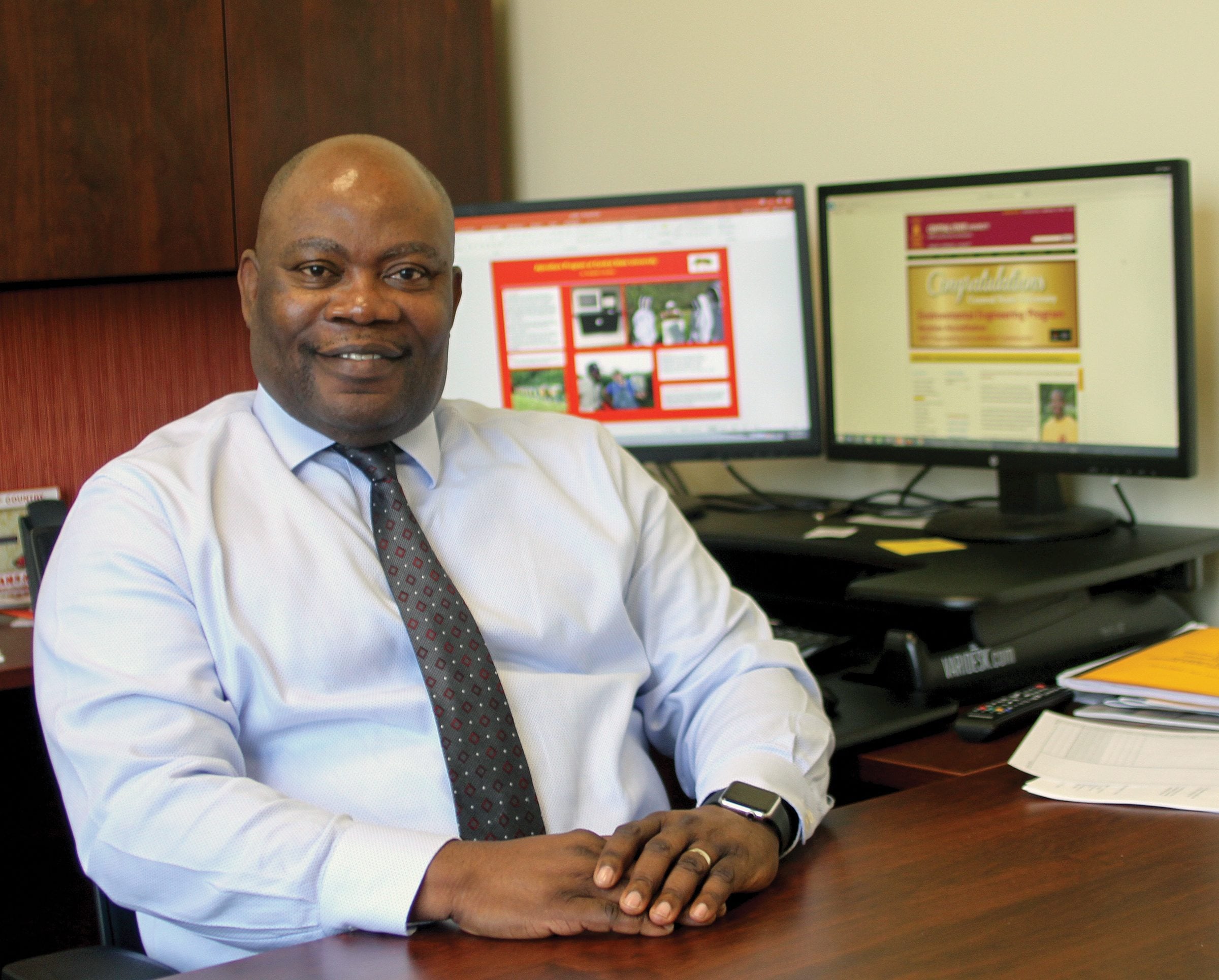 Dr. Alton Johnson might be new to Ohio agriculture but he comes to the Buckeye State with extensive experience in the industry. He holds a bachelor of science in general agriculture from the University of Liberia, a master of science in agronomy from Mississippi State University with a concentration in soil and water management and conservation, and a Ph.D. in agronomy with a concentration in soil physics from the University of Arkansas. He also has a wealth of experience in land-grant initiatives.
Dr. Alton Johnson might be new to Ohio agriculture but he comes to the Buckeye State with extensive experience in the industry. He holds a bachelor of science in general agriculture from the University of Liberia, a master of science in agronomy from Mississippi State University with a concentration in soil and water management and conservation, and a Ph.D. in agronomy with a concentration in soil physics from the University of Arkansas. He also has a wealth of experience in land-grant initiatives.
Photos by Tony Tribble
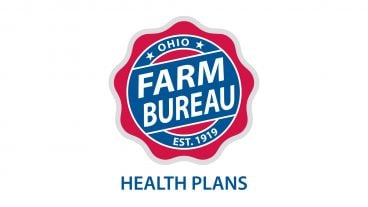
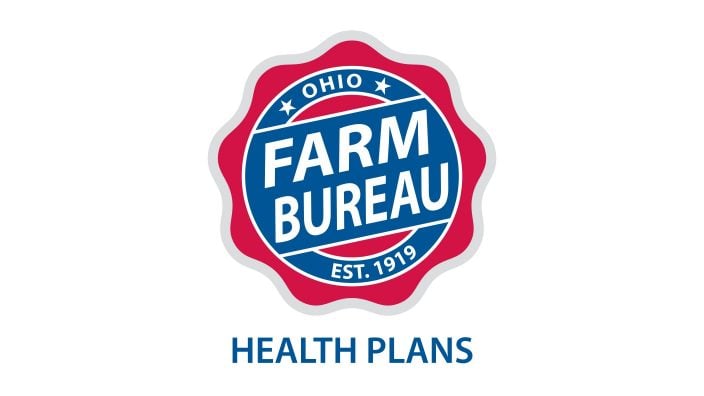
Members have three ways to apply: contacting a certified agent, calling 833-468-4280 or visiting ohiofarmbureauhealthplans.org.
Read More

For Ohio and PJM region, the outlook is reassuring—ample reserves and strong planning should keep the power on.
Read More

The average price for a classic holiday feast for 10 in Ohio will cost $55.87.
Read More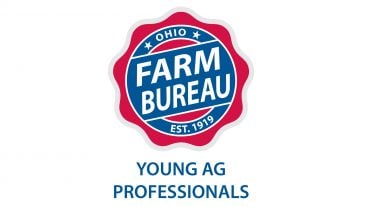
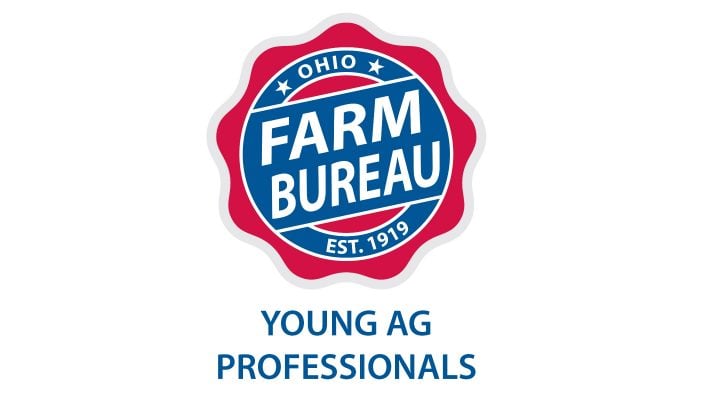
Meet the four new members of Ohio Farm Bureau’s Young Ag Professionals State Committee.
Read More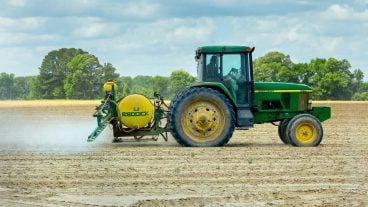
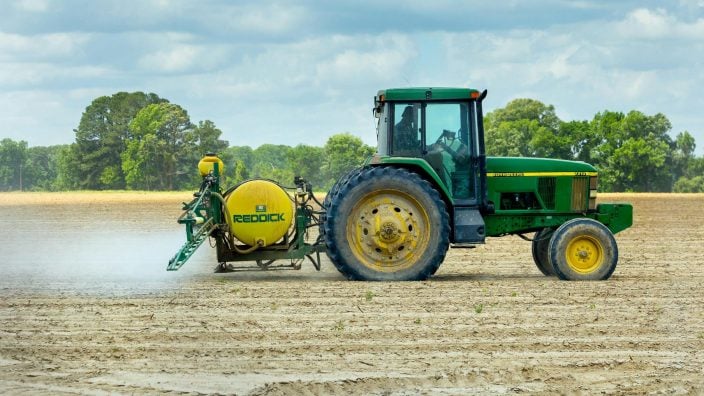
HB 10 ensures transparency around how imitation meat is labeled, along with restoring needed flexibility around the application of crop protection tools.
Read More

FBi Buildings has been delivering exceptional post-frame construction solutions for 65+ years, earning the trust of satisfied customers throughout the Midwest.
Read More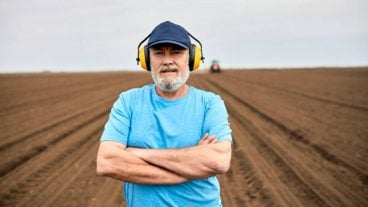
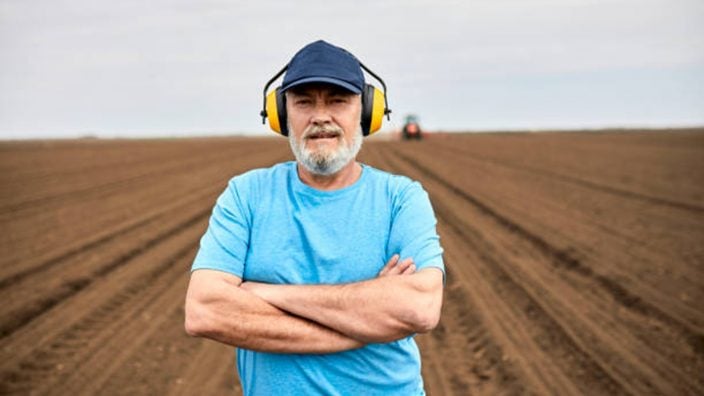
Ohio BWC industrial hygienists, safety consultants, and ergonomists can visit your farm, help spot risks, and suggest improvements that make a real difference.
Read More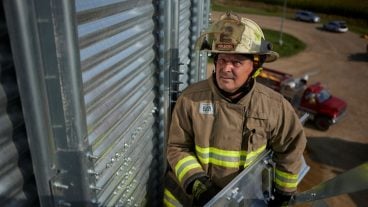
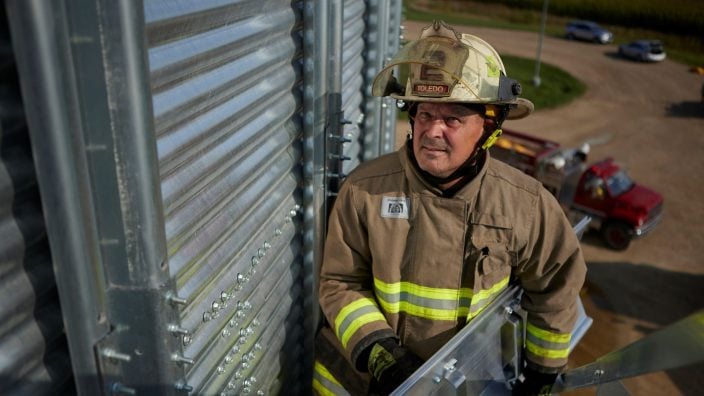
Nationwide’s Grain Bin Safety campaign expands its reach, delivering grain rescue tubes and training to 62 fire departments in 2025.
Read More

Urge President Trump and Congress to act before the end of 2025 to provide immediate relief and long-term stability for America’s farmers and ranchers.
Read More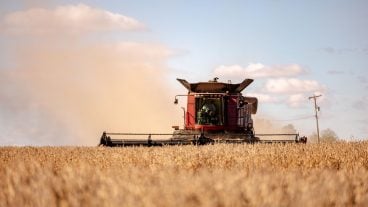
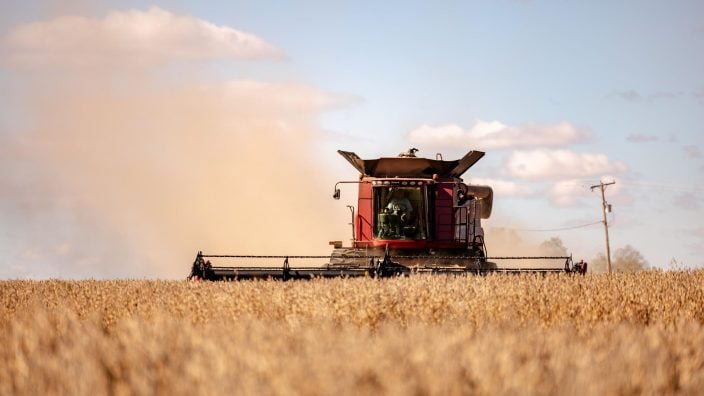
Meet Marion County Farm Bureau member Clayton Lust, a third-generation grain farmer and Beck’s Hybrids dealer, and Kelsey Bezdek, a first-generation livestock farmer and Lake County Farm Bureau member.
Read More